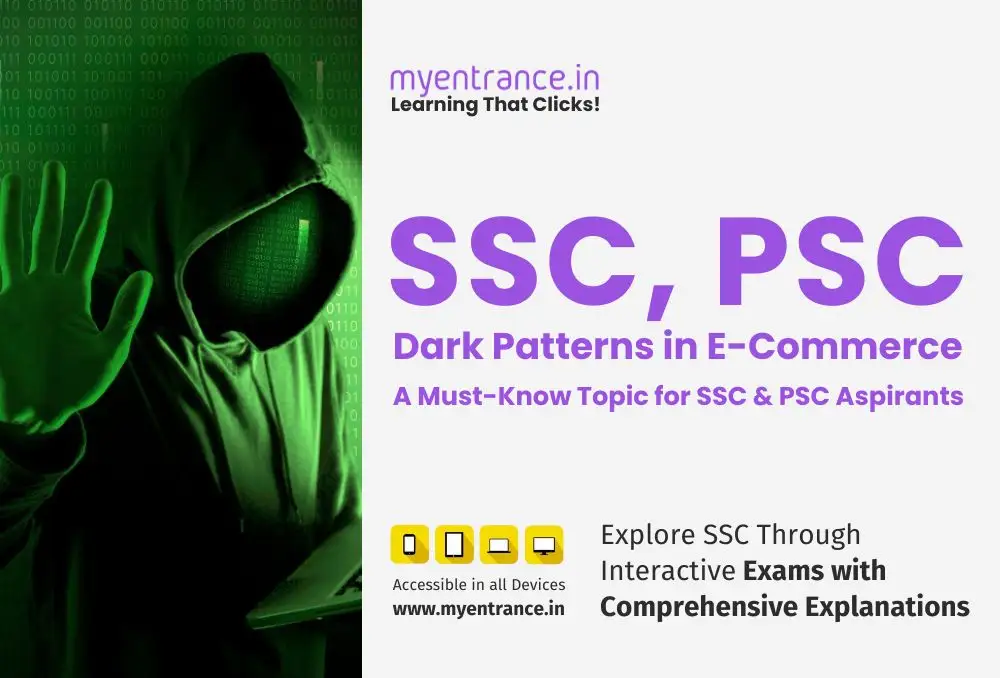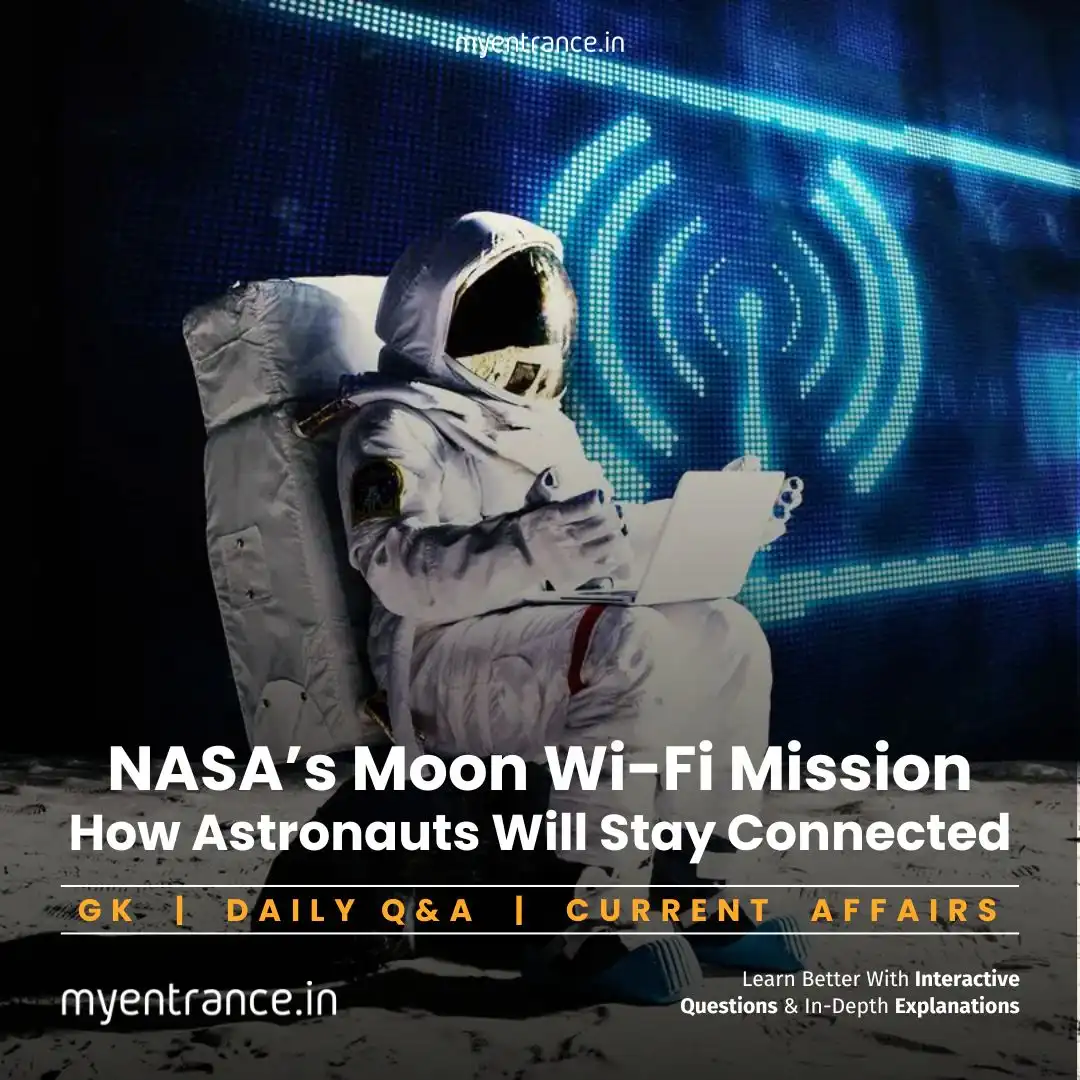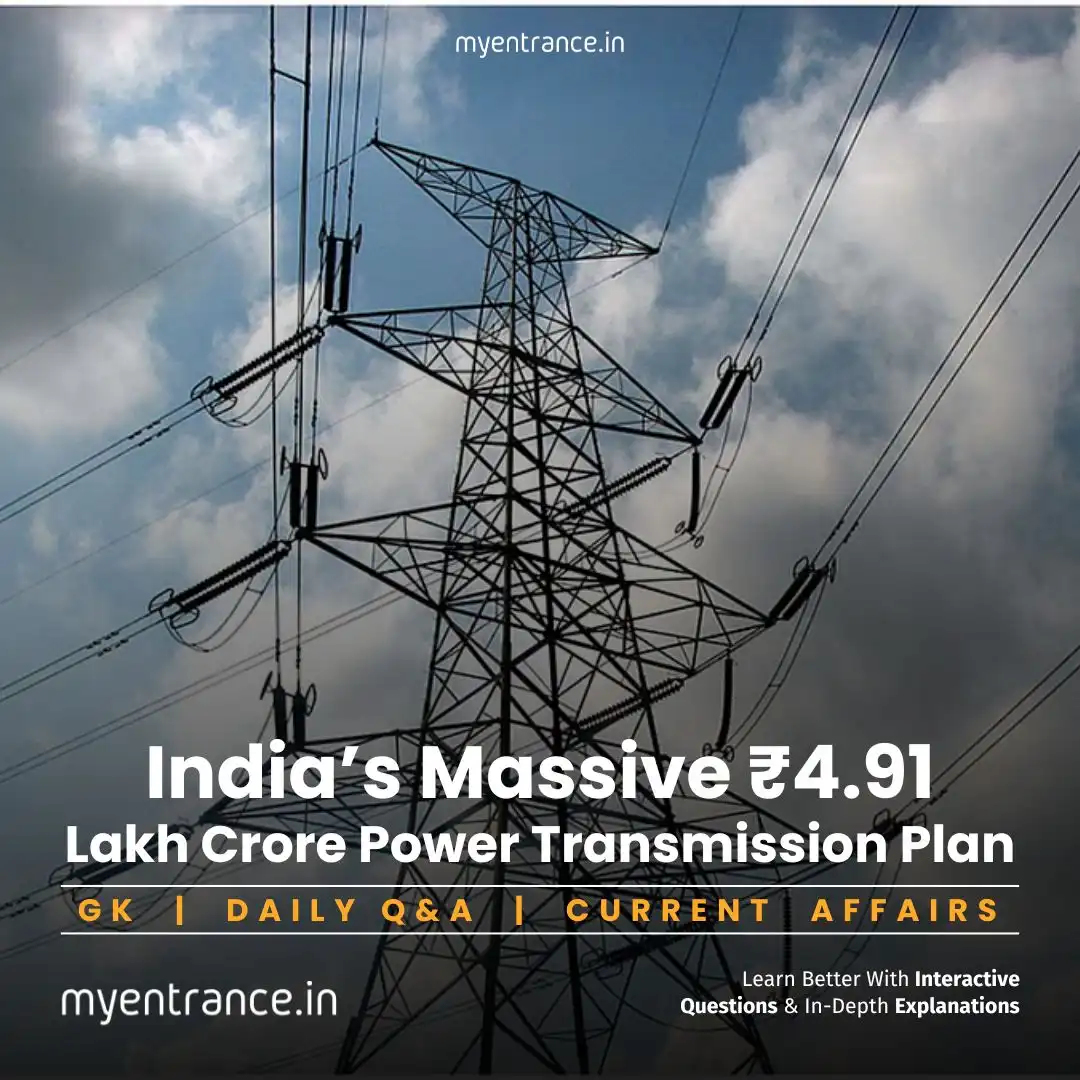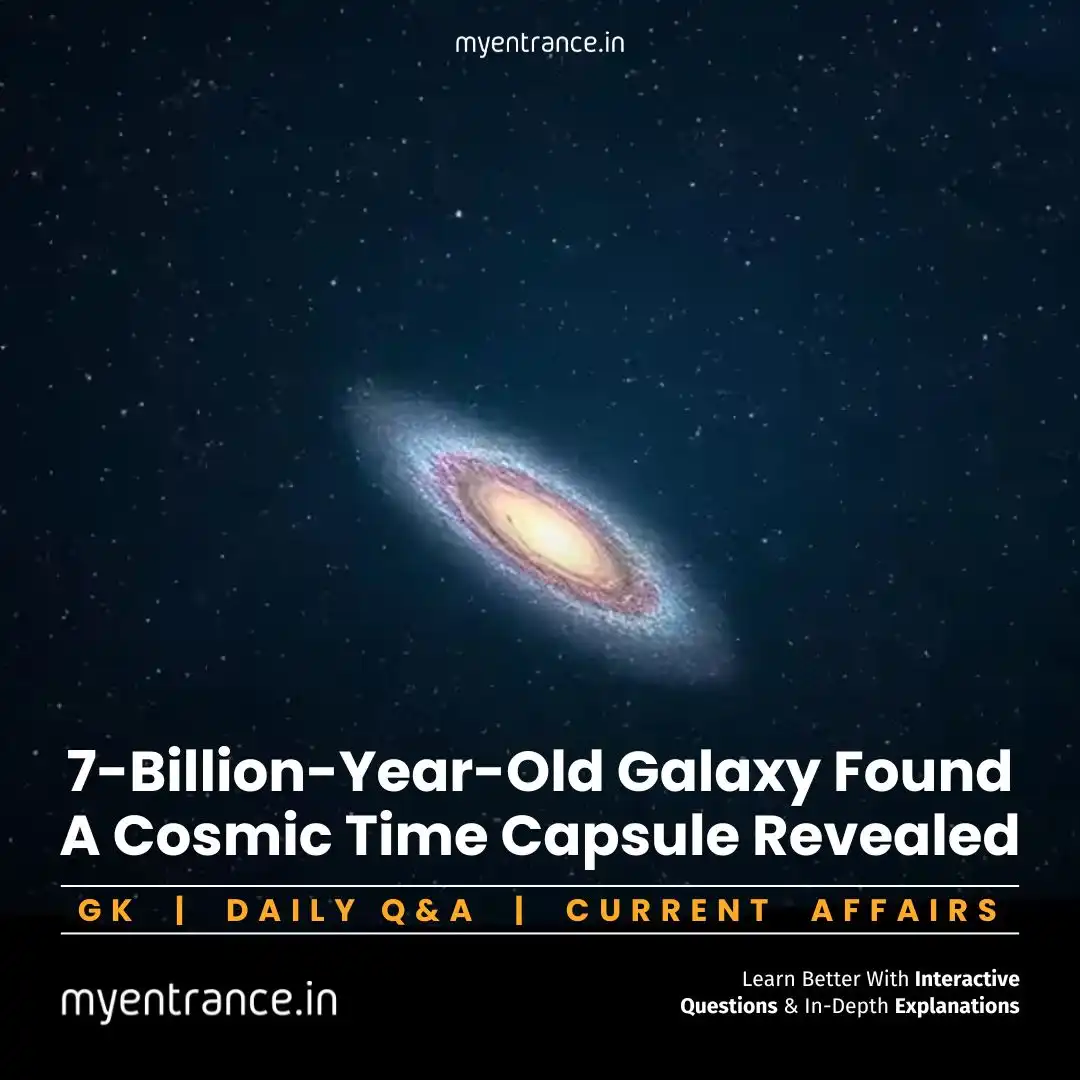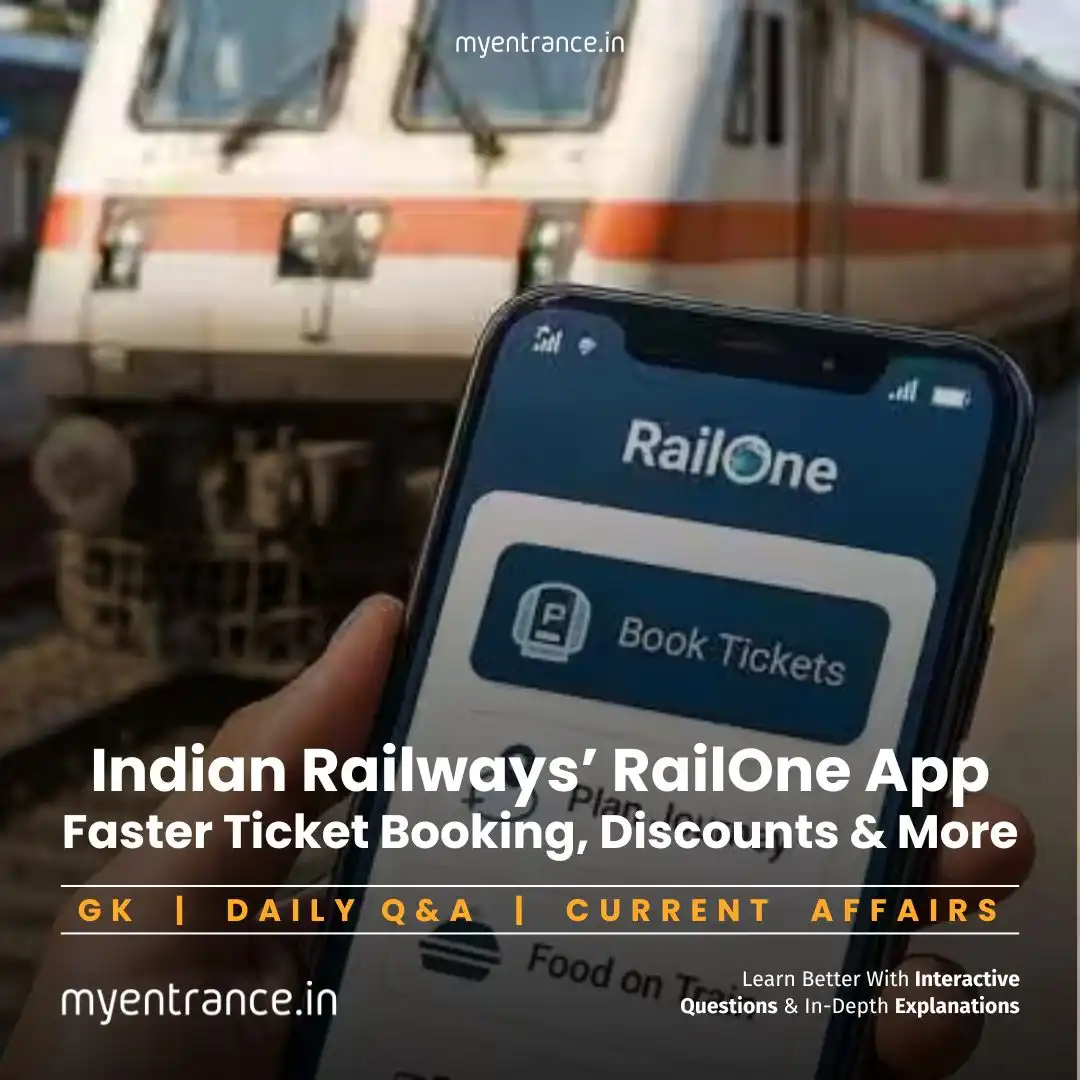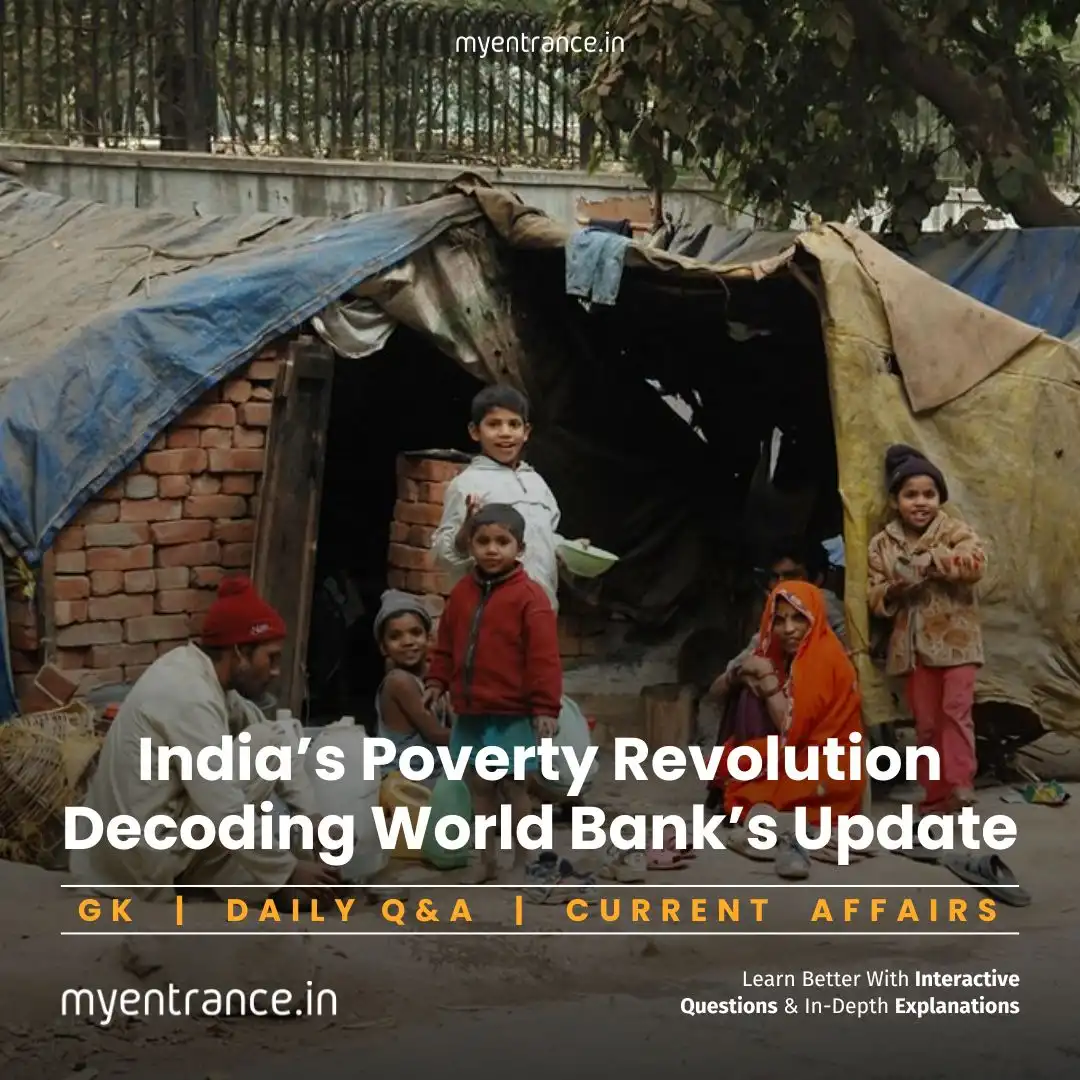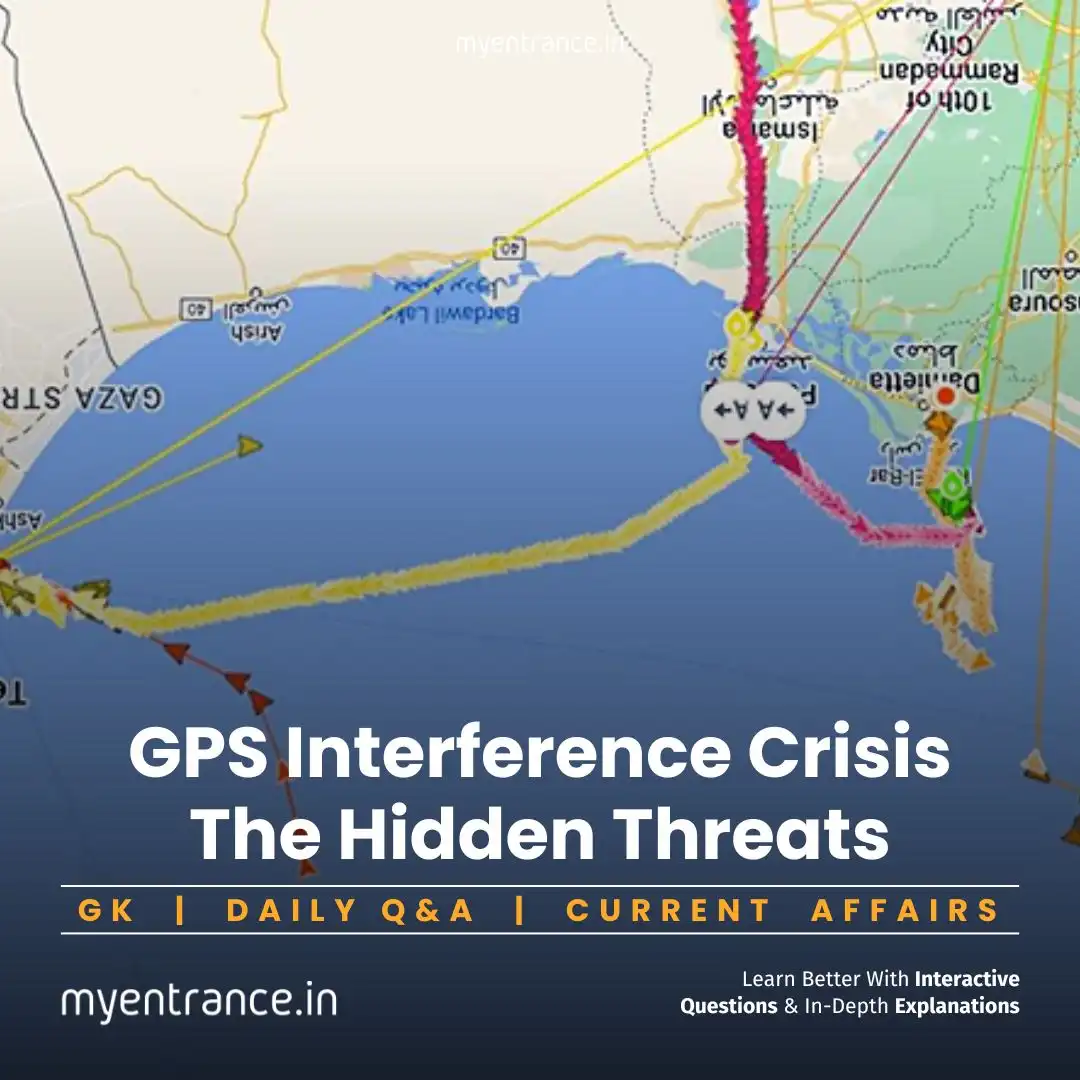Select Language
Consumer Rights in the Digital Age: Understanding Dark Patterns for Competitive Exams
As competitive exams increasingly test real-world awareness, recent consumer protection issues have gained prominence. One such critical issue is the rise of “dark patterns” in e-commerce platforms—a trending topic that has recently seen strong regulatory action by the Central Consumer Protection Authority (CCPA) in India. This topic is not only important for current affairs but also directly relevant to exams like UPSC, SSC, and state PSCs, particularly in sections like Governance, Economy, Ethics, and Technology.
What Are Dark Patterns in E-Commerce?
Dark patterns refer to manipulative user interface (UI) or user experience (UX) designs that trick consumers into making choices they would not make consciously. These are deceptive strategies aimed at increasing conversions—often at the consumer’s cost.
Term Coined By: Harry Brignull in 2010
Indian Context: A 2024 study by ASCI and Parallel HQ found that over 79% of Indian apps deploy dark patterns.
Most Common Dark Patterns Detected
Sector-Wise Examples of Dark Patterns in India
Travel Booking Sites (e.g., Goibibo, MakeMyTrip)
False Urgency: “Only 2 seats left!”
Food Delivery Apps (e.g., Swiggy, Zomato)
Basket Sneaking: Adding extra items like donation or insurance without consent.
E-commerce Platforms (e.g., Amazon, Flipkart)
Account Deletion Barriers: Making it difficult to delete your account.
Health Tech Apps (e.g., Practo, 1MG)
Subscription Traps: Free trials that auto-renew without notice.
CCPA’s 13 Officially Notified Dark Patterns (Dec 2023)
Here’s how the Central Consumer Protection Authority (CCPA) has classified them:
1. Urgency Traps
Fake scarcity: “Only 3 left in stock!”
Artificial popularity: “1,200 people viewed this today!”
2. Coercive Designs
Confirm Shaming: Buttons like “I don’t care about my privacy”
Forced Actions: No content unless you sign up
3. Financial Deception
Basket Sneaking: Auto-added products/services
Drip Pricing: Final price shown only after checkout
SaaS Billing: Complex subscription cancellations
4. Manipulative Interfaces
Hidden ads: Blended into content
Misleading close buttons: Tiny or disguised
Pre-checked boxes for consent
UPSC Mnemonic for Revision: B.F.D R.I.D T.C.S
(Basket sneaking, False urgency, Drip pricing, Rogue designs, Interface traps, Drip charges, Trick questions, Confirm shaming, Subscription traps)
India’s 3-Pronged Crackdown Strategy
Mandatory Platform Audits
Companies must self-check and report dark pattern usage.
Proactive Compliance Encouraged
“Don’t wait for penalties, build user trust” – Consumer Affairs Ministry
Legal Action
Penalties up to ₹10 lakh under the Consumer Protection Act, 2019
Suo moto powers granted to the CCPA for enforcement
Central Consumer Protection Authority (CCPA) – Key Facts for Exams
Legal Basis: Section 10(1), Consumer Protection Act, 2019
Structure: Chief Commissioner + Commissioners + DG Investigation Wing
Powers:
Penalize deceptive ads
Coordinate with District Collectors
Frame and enforce consumer guidelines
Landmark Update: CCPA’s 2024 guidelines are the first global comprehensive legal framework to define and regulate dark patterns.
Key Takeaways for Competitive Exam Aspirants
📌 India leads globally in defining dark patterns via law
📌 Tech-Ethics Connection: A high-yield topic for GS-II & GS-III
📌 Real-World Relevance: Over 36% of Indian internet users face dark patterns every day
📌Interdisciplinary Topic: Links governance, law, ethics, and digital tech
Sample Questions for Practice
Q: Which authority is empowered to regulate “dark patterns” in India?
A: Central Consumer Protection Authority (CCPA)
Q: What does “Basket Sneaking” refer to in online commerce?
A: Auto-adding products or services at checkout without user consent
Q: The term “dark patterns” was coined by:
A: Harry Brignull
Most Predicted Questions
Comprehensive study materials, Expert-guided tips & tricks, Mock tests and instant results.
Start your SSC/ PSC/ NIFT/ NID journey today with MyEntrance, your ultimate online coaching platform.
